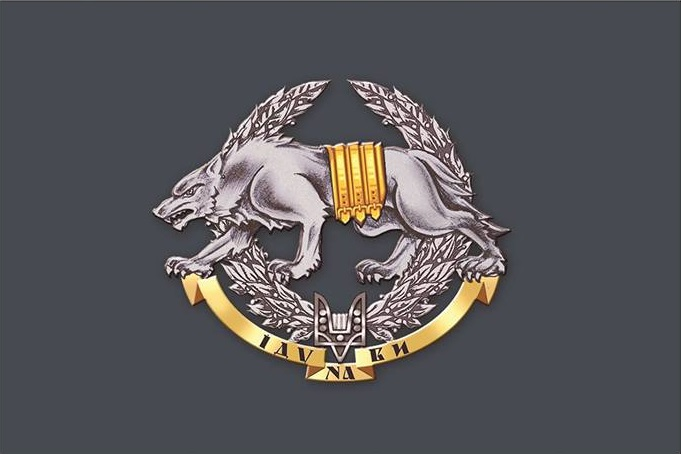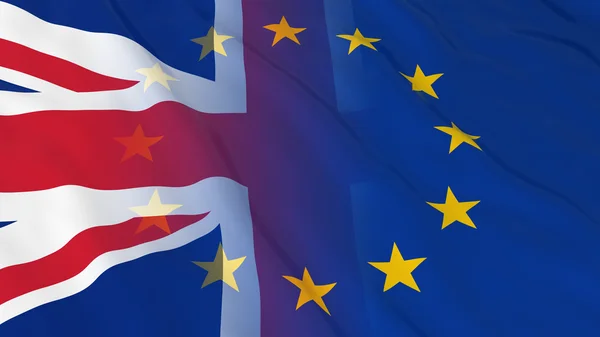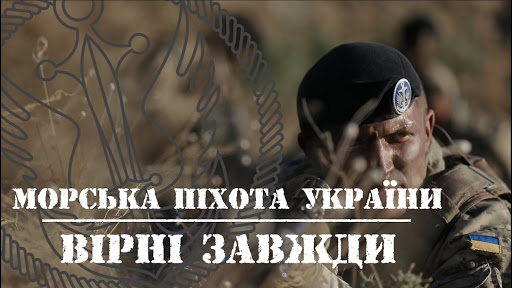Algorithms as weapons: from emotions to politics
Digital platforms have become an ideal tool for manipulation because they play on emotions. The algorithms of TikTok, YouTube and Telegram amplify content that evokes anger, fear or laughter, and propagandists disguise political messages as jokes or conspiracy theories. In Ukraine, Russian narratives of “betrayal” or “war fatigue” are promoted through anonymous Telegram channels disguised as patriotic. In Eastern Europe, for example in Romania, Kremlin-linked campaigns have been promoting the “healing properties of chamomile” for years, only to switch to supporting pro-Russian candidates in the run-up to the election, using the same channels – bloggers, websites, influencers.
Such operations do not seek to convince – they sow chaos and distrust. In 2024, before the Polish elections, Telegram channels massively spread fake news about a “Brussels conspiracy”, and in Ukraine, similar messages about “external governance” regularly appear on social media. The goal is the same: to weaken democracy from within.
Eastern Europe: a laboratory of resistance
Eastern European countries bordering Russia have long been the target of hybrid attacks. But their experience is a lesson for Ukraine and the world.
– Estonia is a model of a systematic approach. The police, intelligence services, regulators and NGOs such as Propastop or the Cyber Defence League act as a united front. Estonia blocks disinformation and even expels propagandists, demonstrating zero tolerance. Ukraine should learn from this experience to protect the electoral process.
– Lithuania has made the fight against fake news a national mission. The army’s Strategic Communications Department and the media regulator LRTC fine platforms up to 3% of their annual turnover for disinformation. Every citizen complaint is investigated, creating a culture of vigilance. For Ukraine, where information attacks are synchronised with missile strikes, this could be life-saving.
– Moldova, despite the youth of its democracy, created the Centre for Strategic Communication in 2023 on the initiative of Maia Sandu. With a budget of 20 million lei, it coordinates the state and civil society to develop counter-narratives against Russian propaganda. This is an example for Ukraine, where systemic coordination is still needed.
– Poland launched the Bezpieczne Wybory initiative to monitor TikTok, Telegram and X before the 2024 elections, but the lack of a permanent body weakens the effect. This is reminiscent of Ukraine’s challenges, where there is a response to disinformation, but no strategy.
– Bulgaria suffers from institutional weakness, but NGOs(Factcheck, BG Elves) and journalists are taking the initiative. This is similar to Ukraine, where StopFake and Detector Media are leading the fight against fake news, but state support is insufficient.
Ukraine: the truth on the front line
In Ukraine, information warfare is a daily reality. Russian narratives about “betrayal”, “fatigue” or “inefficiency of the government” are promoted through Telegram channels that are disguised as patriotic. The SBU and the National Security and Defence Council’s Disinformation Counteraction Centre are actively working, but the lack of a single structure, as in Lithuania or Estonia, reduces their effectiveness. On the eve of possible elections, Ukraine needs not only a reaction to fakes, but also a proactive strategy that builds trust in the state. The war proved that the truth is a weapon that needs to be defended no less carefully than borders.
Technologies: sword and shield
Digital warfare has changed the rules. Propaganda doesn’t need tanks – just algorithms and smartphones. But technology can also be a shield. Artificial intelligence that analyses disinformation patterns is already working in Estonia. A blockchain to protect electoral systems is being tested in Moldova. In Ukraine, IT volunteers are creating tools to expose bots, but without government support, their potential is limited.
However, technology is only part of the solution. Real victory depends on trust: between the state and citizens, between the media and the audience. Countries that invest in transparency and coordination, like Estonia and Lithuania, are winning this war. Those that delay risk losing not only their elections but also the future of democracy.
A call to action: vigilance as a duty
Ukraine and Eastern Europe are not only victims of digital attacks, but also pioneers of resistance. Their experience shows that it is possible to resist manipulation if we act together. Check sources, support independent media, and demand transparency from governments. In a world where the truth has become a target, vigilance is not a choice, but a duty for every Ukrainian.








